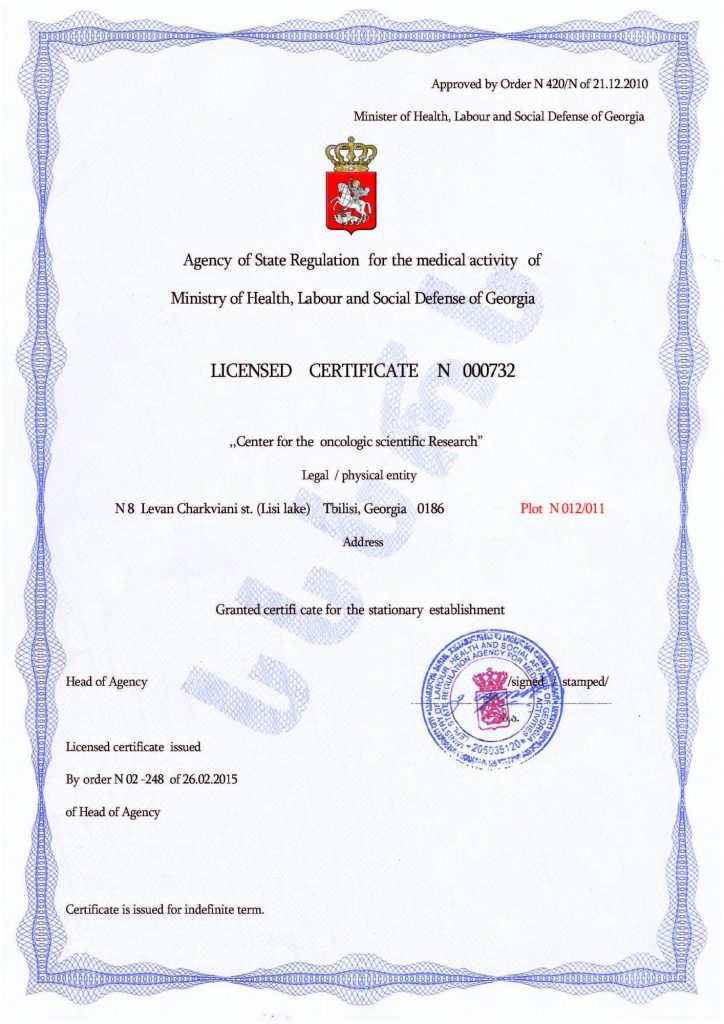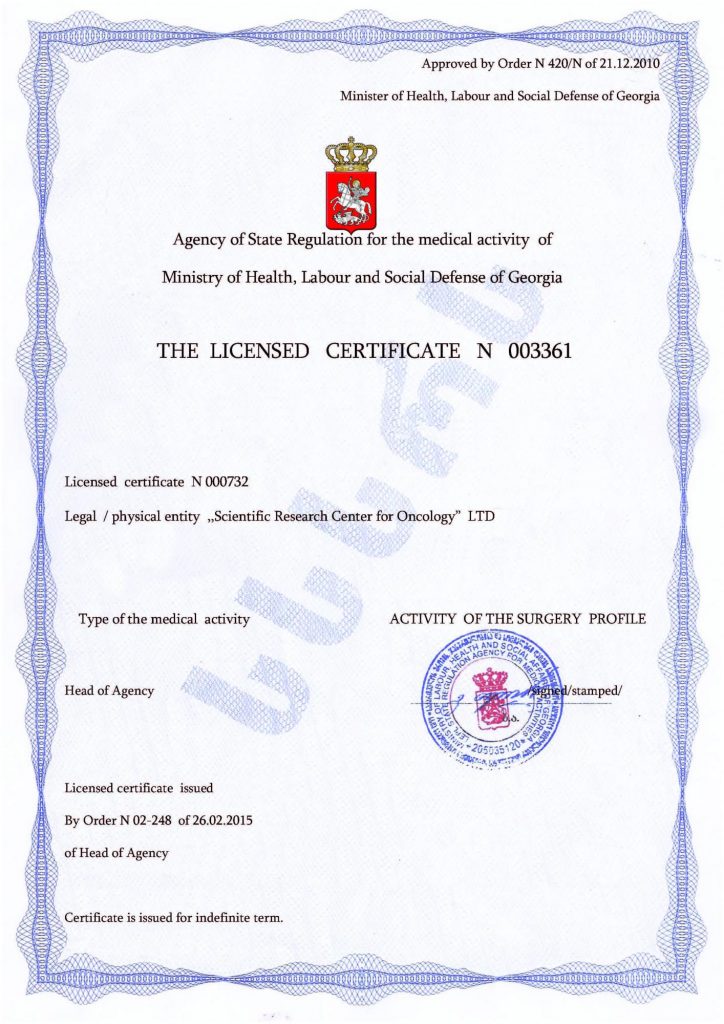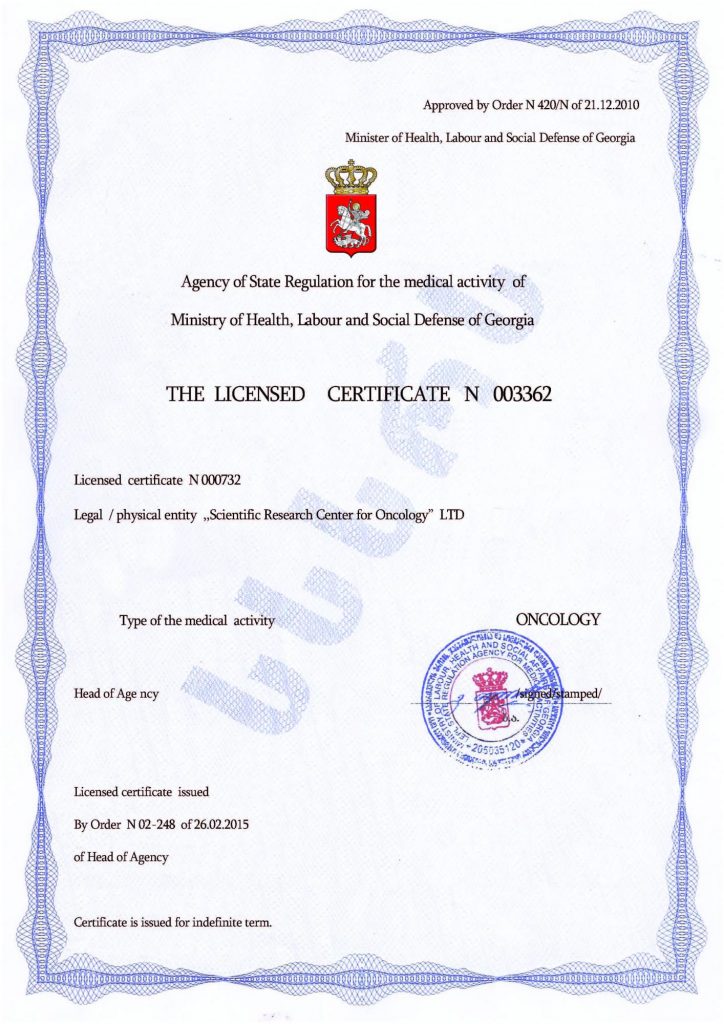Why Do Autistic Children Harm Themselves?
When parents first encounter a situation where their child intentionally harms themselves, they are often unsure about the reasons behind it, becoming frightened and seeking psychiatric consultation. Although this behavior is generally not linked to depressive disorders or suicide attempts, it still requires clarification in order to establish the correct approach moving forward.
Most Common Causes of Self-Harm in Autistic Children
- SOS Signal to Parents – “I’m in pain or uncomfortable.” Some autistic children may not have the ability to express their feelings verbally, and self-harm becomes a way for them to show that they are struggling.
- Stress and Anxiety. Sensory overload or social situations can cause significant stress. Self-harm may be a way for the child to cope with these feelings.
- Seeking Sensory Stimulation. Some children may harm themselves in search of sensory input or as a way to manage their own physical sensations.
- Imitating Behavior. If they observe someone else harming themselves, they may imitate that behavior.
- Emotion Regulation. Self-harm may temporarily alleviate negative emotions or anxiety.
When to Be Alarmed? Signs of Suicidal Thoughts in Autistic Children
- Mental Health Disorders. Many children with autism also suffer from co-occurring mental health issues like anxiety or depression, which can increase the risk of suicidal thoughts.
- Social Isolation. Autistic children often struggle with communication and interacting with others, leading to feelings of loneliness and alienation.
- Difficulty Regulating Emotions. Some children may have trouble managing negative emotions, leading to extreme thoughts or actions.
- Misunderstanding and Stigma. Autistic children may face misunderstanding or even bullying from peers, which exacerbates their emotional state.
Support, attention to mental health, creating a safe and accepting environment, and professional help can significantly reduce these risks.
How to Help a Child Who Self-Harms?
If your child scratches themselves, pulls out their hair, pinches themselves until they bruise, or bites themselves, the manifestations of self-aggression can vary. If you notice signs of such behavior in your child, follow this approach:
- Your child needs your support and understanding now more than ever.
- Redirect the aggression from themselves onto an object. The ideal items are soft pillows, stuffed animals, or foam blocks. Allow the child to release their frustration on these objects.
- Identify the cause of the behavior and, if possible, eliminate the triggering factors. For example, if the behavior is a reaction to stimuli, remove those stimuli.
Autism Correction with Stem Cell Transplantation as a Way to Address Self-Aggression
Leading specialists in cellular therapy are conducting new research annually on the effects of stem cells on the brain’s resources. Their ability to replicate any type of cell and produce new tissue is remarkable. However, stem cell therapy is not yet widely used in all fields. When it comes to autism treatment, the first successful attempts at stem cell transplantation occurred in the early 2000s. Since 2012, this method has been practiced in many countries worldwide. The Mardaleishvili Medical Center in Georgia was one of the first institutions to receive a license for stem cell transplantation for autism treatment. After nearly a decade of practice, the center has developed a unique surgical expertise. Positive outcomes have been observed in 91% of patients.
Learn more about the procedure and its potential benefits for your child from the specialists at the Mardaleishvili Clinic!
Autism Treatment Center Videos
Autism treatment with own stem cells
Cord blood association congress
International Quality Crown
Autism Treatment Reviews
Autism treatment with own stem cells
The story of Alessandro (6 years old)
Autism Patient Testimonial - Stem Cell Treatment
Clients Testimonials
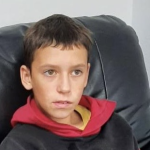
Feedback from Igor, David’s father (12 years old) Read More
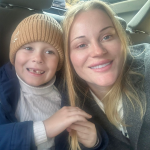
Feedback from Olga, Fedya’s mother Read More
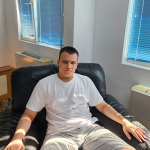
Feedback from Natalia, Radomir’s mother (15 years old) Read More
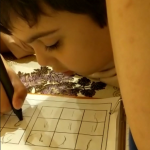
Feedback from Esther, Samuel’s mother (8 years old) Read More
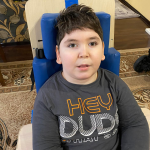
Feedback from Abibe, Selim’s mother (7 years old) Read More









